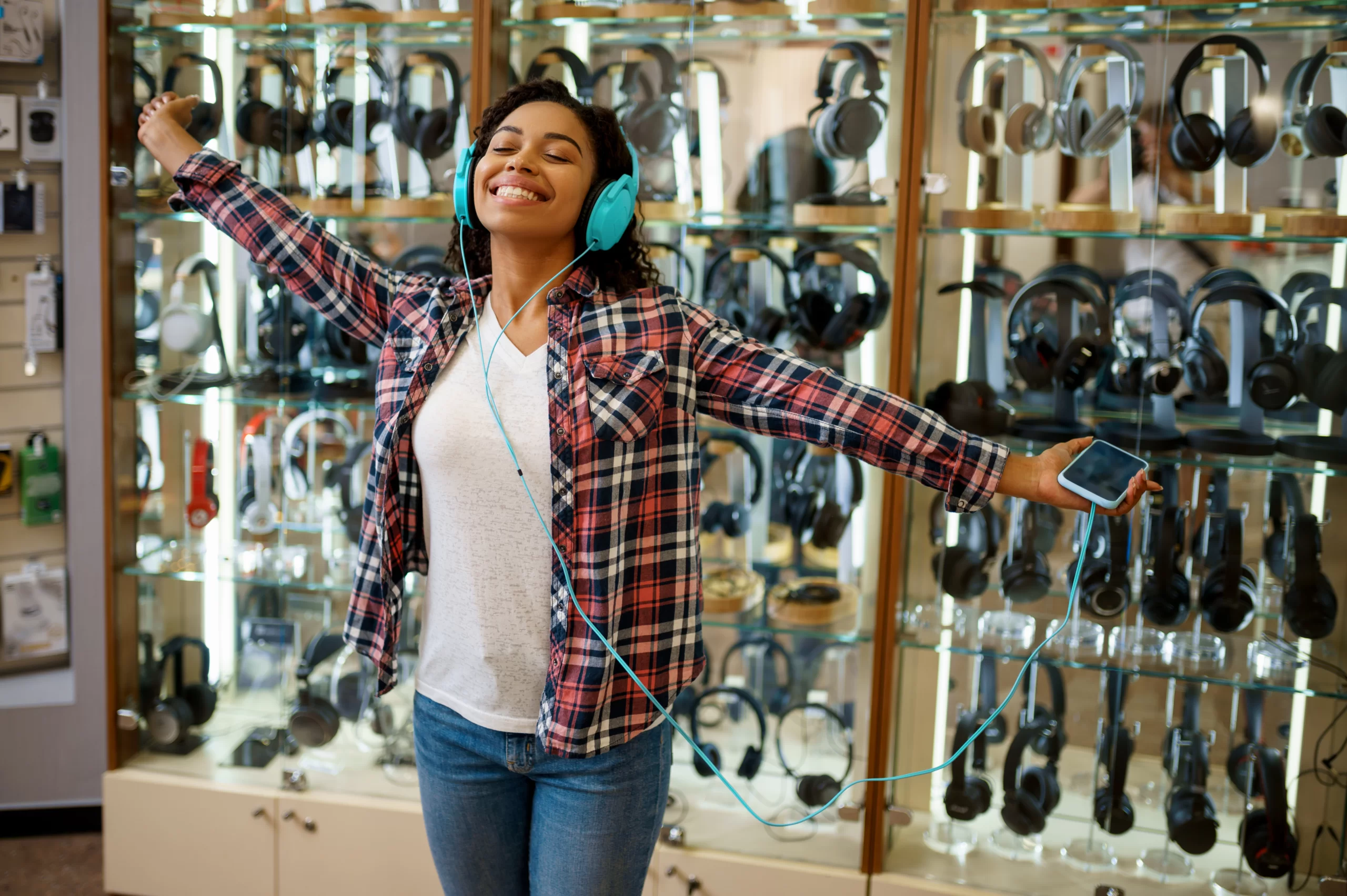10 Psychological Marketing Techniques That Work
Marketing techniques may sound overly complicated, when in reality, they are quite simple, you just need to know the right time to use one and which one to use. Marketing is all about strategy and finding the niche in which your brand falls into.
The psychology behind strategic marketing techniques relies on knowing who you are trying to persuade and the product or service you are trying to market. Having the ability to understand how to use human behavior and incorporate that into your marketing strategies can provide vital insight into the decision-making process of customers and what exactly encourages them to buy products and services.
Knowing the basics of psychology and your consumer behaviors are the first step in knowing which strategies you want to implement.
Understanding The Behavior of Your Audience

Technique #1: The Buying Decision Process and What it Entails
There is a five step process that any buyer contemplates.
The first step: Recognizing that they need or want something
A brand should create a new need for consumers.
The second step: Researching for information
A brand should assist in researching products or services for their consumers. This creates a connection between the consumer and the business.
The third step: Competitor research takes place during this stage
A brand should also help their consumers choose the pros and cons and allow them to see that their brand is the most useful and valuable compared to competitors.
The fourth step: Buying process has completed
The brand should focus on making sure the process runs smoothly.
The fifth step: Post-purchase evaluation
The fifth step is important for brands and they should focus on keeping consumers loyal to their brand. Feedback is helpful in understanding how the consumers are thinking and feeling.
Technique #2: Take Advantage of Impulse Purchases

A survey done by Slickdeals discovered that due to the pandemic, the average American consumer went from spending $155.03 on impulse purchases a month to an increased total of $182.98. Consumers also said that they felt positive after making these purchases.
A common tactic that marketers employ within their promotions is the word “now”. This word triggers a sense of urgency which can cause consumers to impulsively purchase things if they feel as if they won’t get the chance again.
Technique #3: Start Small and Build Your Way Up
This technique is made for strategy. Utilizing the foot-in-door-technique can be useful and tends to be perceived better by consumers. Don’t put a huge decision on your consumer right out of the box. Start small and ease your way up into bigger purchases. For example, free trials and email marketing is helpful in letting customers ease their way into buying your service or product. Free trails allow them to see all the advantages and email marketing gives them an insight to what your brand and company’s mission and voice are.
The Senses of a Consumer

The power of attraction is something that marketers tend to forget. Consumers are drawn in everyday by sensory stimulation and if done right, can lead to brand loyalty.
Technique #4: Choose Consistent and Aesthetically Pleasing Imagery
Think about if you needed to know how to use a fire extinguisher quickly. Would you want a paragraph explanation or an image showing what you need to do? You’d most likely want an image that was consistent and easy to see. This is because our “human brain processes images 60,000 times faster than text”. It’s proven that social media posts with imagery associated with a brand’s product or service receive higher engagement rates because these are visually engaging rather than text posts.
Technique #5: Consumer Behavior and Color association
Color is known to have an incredible impact on consumer behavior. We associate different colors with emotions and experiences. According to a study done, approximately 84.7% of customers said that they chose the product that they bought because of the color. 80% of consumers believe that brand recognition can be increased because of color. Using colors within brand designs is important because not only can it affect the products that consumers purchase but it can also affect how they perceive and remember a brand.
Technique #6: Appropriate Language Can Help Increase Consumer Trust and Loyalty
A brand knows the first impression is crucial in gaining traction in the marketing world. Besides visual branding, language is the first brand ambassador because this is the first look into the brand’s personality and voice. Brands represent themselves through language by giving information about how they operate, what they can provide, and how they prioritize their values and goals.
Words have power. They can exclude or include people based on how they are used and can cause misinterpretation when written incorrectly. Being careful with exclusionary terms can help your business reach new heights.
Knowing how to evoke positive emotions and memories through the written word can help build a brand up.
The Link Between Emotions and Decision-Making

Emotions drive humans and their decisions. Even if you think you are making logical decisions, you are most likely subconsciously using your emotions in some form. Good marketers will sell the feeling behind a product. Emotions rely on many different factors including:
- Imagery
- Colors
- Shapes
- Fonts
Technique #7: Evoking Emotions
Choosing emotions and resonating with consumers is important in creating lasting brand loyalty. Marketers should show the effects of their products, not the products themselves.
For example, Xbox came out with an adaptive controller that helped those who struggled with regular controllers play video games with their friends and family. The advertisements for these new adaptive controllers didn’t just highlight the controller, it highlighted those who would use it. Xbox evoked compassion, joy, and belonging with these videos. They connected audiences around the world even more.
Technique #8: Make Consumers Feel Important
Another way brands can appeal to consumers emotionally is by making exclusive offers. When there are different perks and privileges within a business, people tend to want to join in on that because it makes them feel special and helps their self-esteem. Having exclusive offers and memberships also generates a word-of-mouth transfer which would bring in more consumers.
Strengthening Consumers Experiences

Finding new ways to engage and interact with your consumers is something we know is important but knowing how to do that is the tricky part. With today’s technology, there are many ways to incorporate new ideas into your brand identity and personality.
Technique #9: Creating Your Brand Voice and Personality to Respond Positively to Consumers
Brands are almost human in a way. They have personalities that are attached to them based on how they are perceived and how their ambassadors represent them. Brands with well rounded personalities are more memorable and relate better to consumers.
For instance, Ikea is a brand that strives to appeal to everyday people who have a problem and need a simple hassle-free solution. This brand shows that it does not take the world lightly and wants to have a positive impact on it.
Ikea emphasizes a sincere personality through:
Technique #10: Integrate New Technology
Everyday there are new approaches to technology and many brands are falling behind as it moves so quickly. Having the ability to incorporate new technology and being social media literate can help your brand stay one step ahead of the competition. Consumers like new things and new technology will always be something that gains their attention. Psychologically, people dislike being the last to know something and therefore, strive to stay ahead of the game in terms of technology, which means brands need to almost know the future (keep up with trends before they become a trend).
10 Psychological Marketing Techniques That Work10 Psychological Marketing Techniques That Work
10 Psychological Marketing Techniques That Work
10 Psychological Marketing Techniques That Work
10 Psychological Marketing Techniques That Work
10 Psychological Marketing Techniques That Work
10 Psychological Marketing Techniques That Work
10 Psychological Marketing Techniques That Work
10 Psychological Marketing Techniques That Work
10 Psychological Marketing Techniques That Work
10 Psychological Marketing Techniques That Work
10 Psychological Marketing Techniques That Work
10 Psychological Marketing Techniques That Work
10 Psychological Marketing Techniques That Work
10 Psychological Marketing Techniques That Work